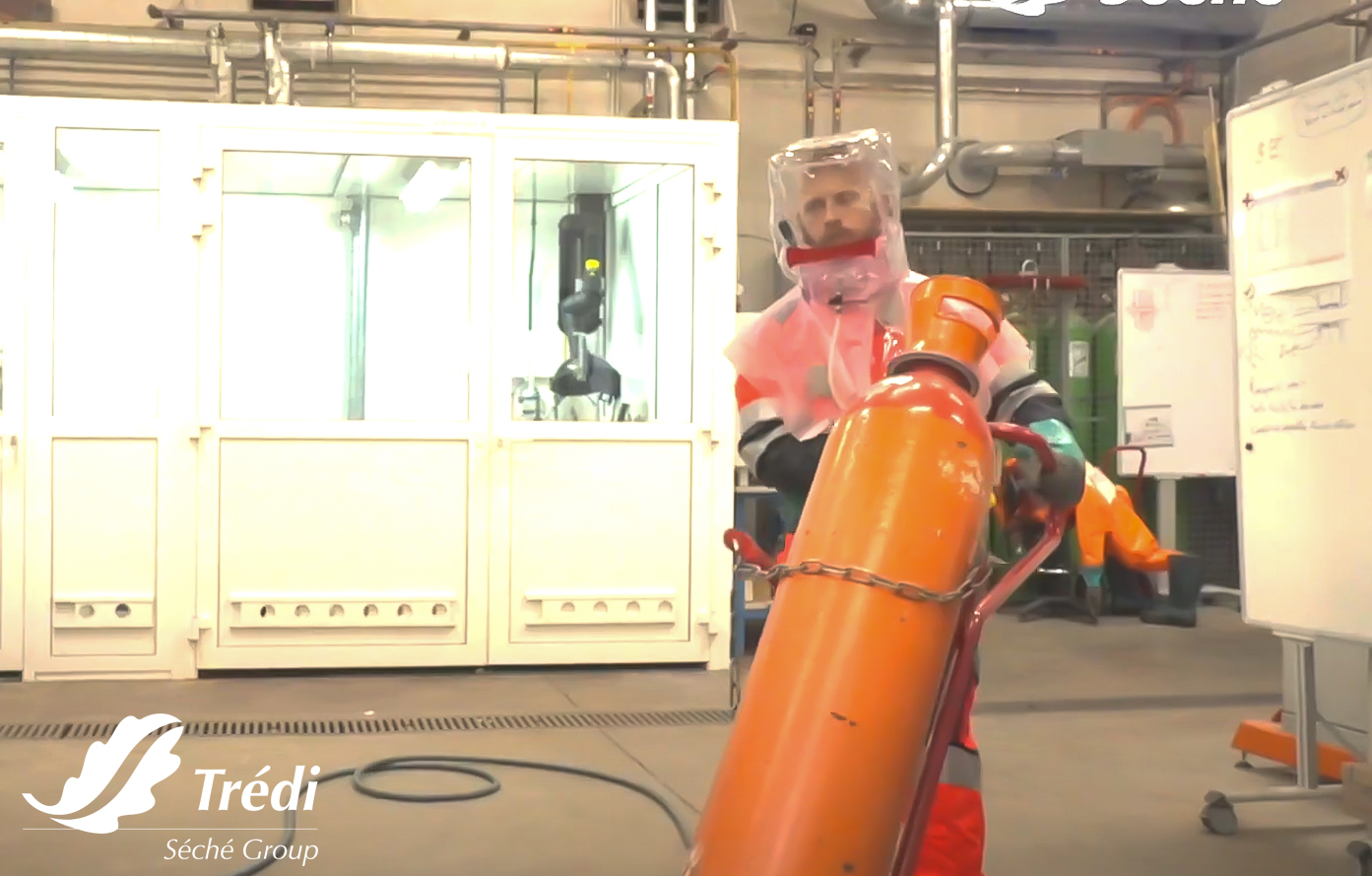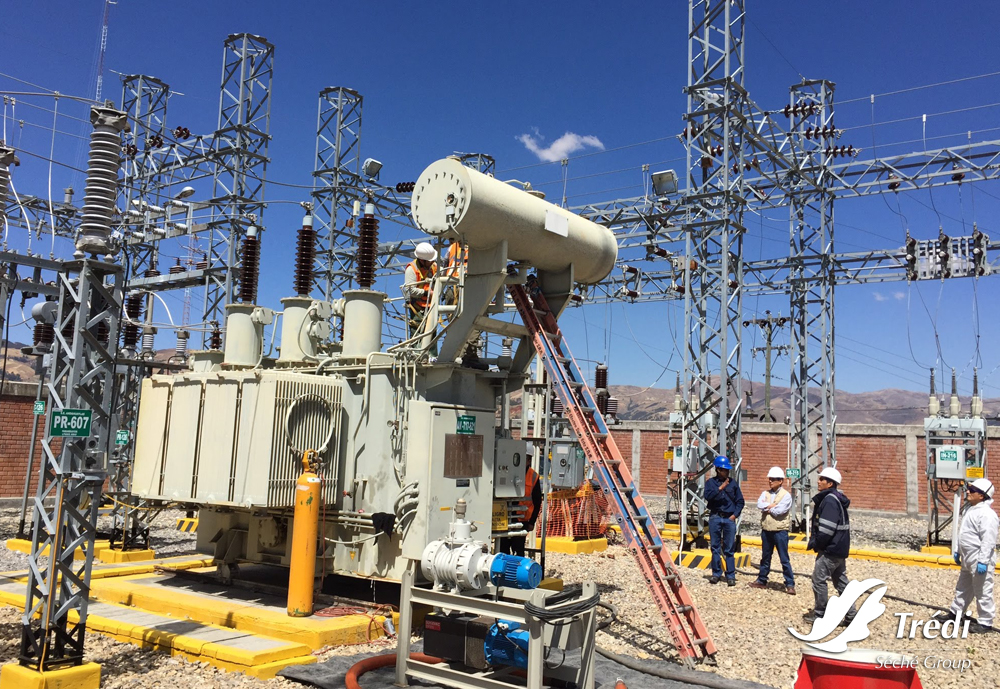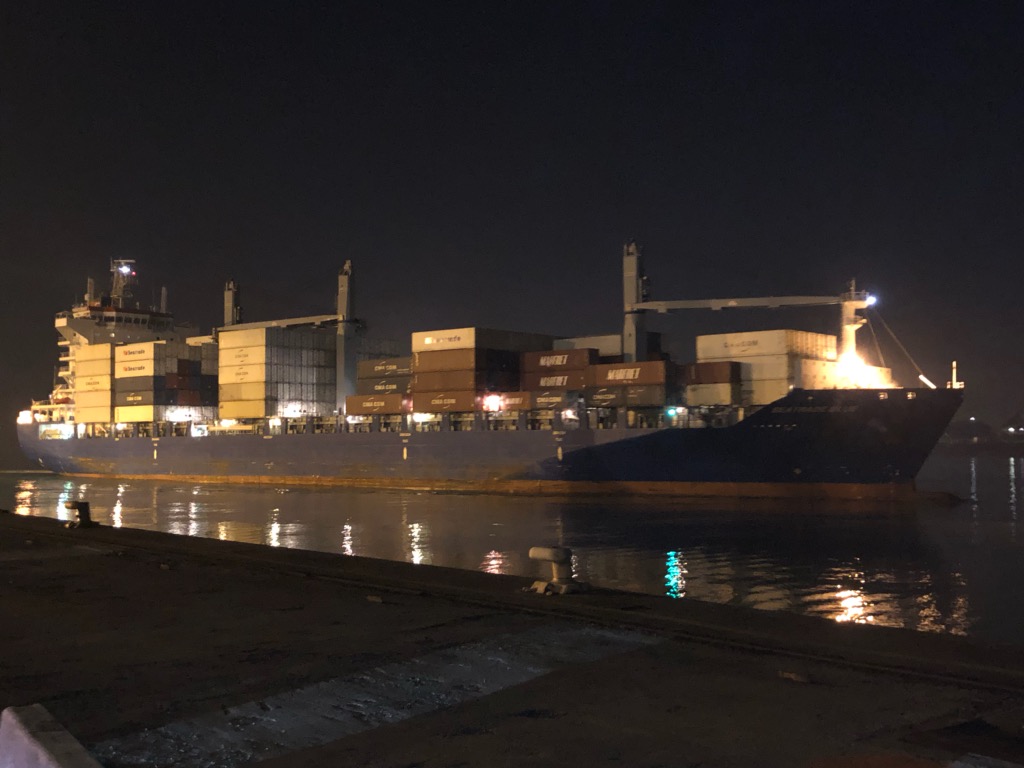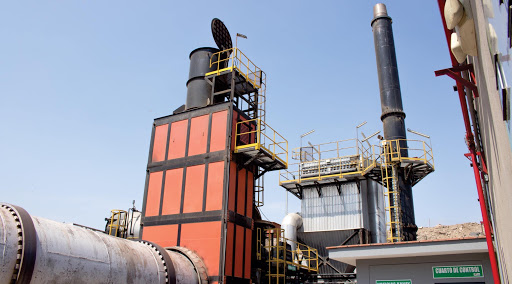
In 2015, in the district of San Salvador, Perú, Séché Environnement installed a heat treatment plant with the largest incinerator in Latin America. Today, this incinerator is an excellent option for the treatment of hospital waste, including waste contaminated with Covid-19. The plant receives biocontaminated waste from clinics, hospitals or laboratories in various parts of the country and under the incineration technique; the waste is treated for final disposal.
Incineration consists of modifying the physical, chemical and biological characteristics of the waste in order to eliminate the potential danger to health and the environment. The treatment process begins with the arrival of the transport unit at the VES Thermal Treatment Plant in San Salvador. In the following diagram we explain the process prior to the incineration of the waste.
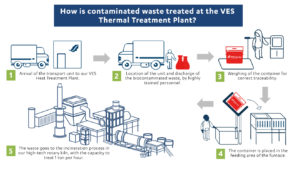
The waste starts the incineration process in the rotary kiln where it is brought to a temperature higher than 850° (degrees centigrade). The waste is burned under controlled conditions to oxidize the carbon and hydrogen present by removing any carbon-containing material, including pathogens. The gas emissions are removed by a chimney under the control of specialized operators. This process is technologically controlled to avoid environmental contamination. Once the waste is converted into ashes, it is removed and taken to a safe landfill for final disposal.
– Possibility of recovering energy generated by the incinerator for another type of activity.
– Incineration accepts many types of waste (compared to other methods that only allow for certain hazardous elements).
– It is possible to implement treatment plants near urban areas without prejudice to local pollution.
– A small area of land is required.
– It reduces the volume of solid waste by 95%.
In Trédi Argentina, we applaud our subsidiary of the Séché Group Peru for the work done in the treatment of hospital waste and its contribution to the elimination of possible risks of contagion of the Covid-19 virus.
